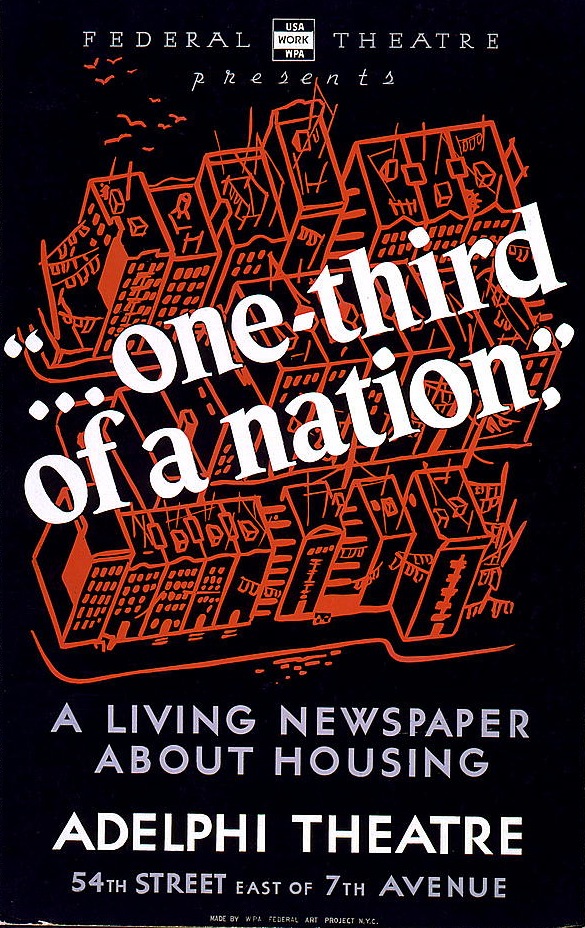In 1939, sociologist Margaret Farrand Thorp called the movies “the vampire art” and it’s not difficult to see where she’s coming from. With Hollywood at the height of its powers (economic, cultural, political), everything bowed before the movies. They cannibalized and superseded competing media with finesse. Screen rights to big novels were snatched up before publication. (And the movie version prompted new tie-ups, like Photoplay Editions of the book adorned with production stills.) Unexpected successes were dealt with, too. Studios raced to buy them up, even if screen potential was dubious or non-existent. (So what if the option was never exercised? Always better to stay ahead of the competition, either way.) Thorp’s most staggering example of this mentality is Dale Carnegie’s runaway best-selling self-helper How to Win Friends and Influence People, optioned by an unnamed studio.
 As far as I can tell, the cinematic How to Win Friends never got past (or got to?) the development stage. But one equally improbable contemporary made it to the screen, albeit with severe alterations applied both before and after the cameras rolled.
As far as I can tell, the cinematic How to Win Friends never got past (or got to?) the development stage. But one equally improbable contemporary made it to the screen, albeit with severe alterations applied both before and after the cameras rolled.
…one third of a nation… was not the first Living Newspaper produced by the Federal Theater Project, but it was unquestionably the most successful of the Works Progress Administration-sponsored plays. Opening on 17 January 1938 at New York’s Adelphi Theater, it ran for nine months and was seen by well over 200,000 people. Local versions played ten other cities with comparable success. In short, …one third of a nation… was, on paper, a dream of a pre-sold property, instantly recognizable to moviegoers all over country. (It helped, too, that the play made headlines even in cities where it wasn’t performed; early in the New York run, a charge of Communist influence was lobbed by a trio of Democratic Senators whose floor speeches were quoted verbatim in the script.)
The premise of the Living Newspaper was simple: marry politically-committed theater and ultra-current broadsheet, with other popular entertainment—radio, newsreel, public lecture—thrown in where possible. The plays were kaleidoscopic, favoring black-out sketches and abrupt shifts in time, space, and scenery over more traditional dramatic virtues. Joseph Manning described a typical scene from one of the earlier Newspapers, Highlights of 1935, in the pages of New Theatre:
The curtain opens on a bunch of scared young girls and reveals the lengths to which small New Jersey towns will go to keep America safe for the exploited open shop. The episode ends with another piece of testimony acted out. One of the young ladies finds her pay is short. She goes to the office girl. She’s right. Her pay is short. But wait— that’s the book for the NRA code inspector. According to the book she gets paid by, the miserable wage she got is all she had coming. No climax. The critics call it anticlimax. The boys of the fourth estate who edit the Living Newspaper are just telling a story for what it is worth. The scene may lack the customary punch expected at the end of a dramatic sketch. Anyone viewing it, though, should be able to see why labor needs some legal protection.
